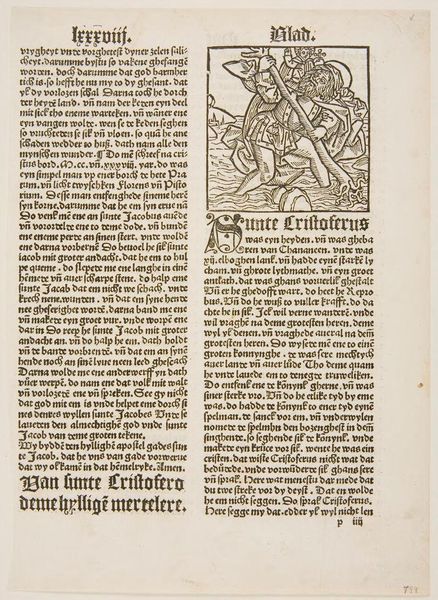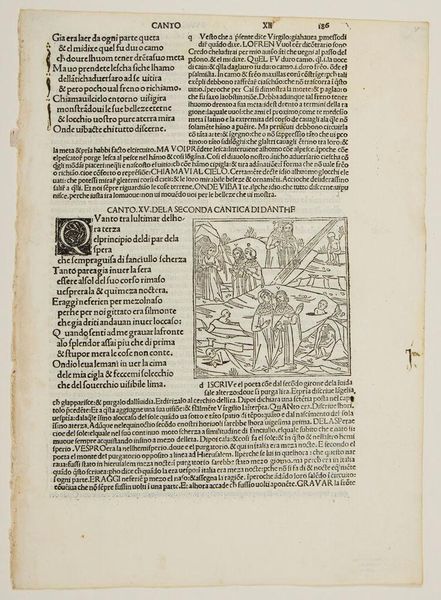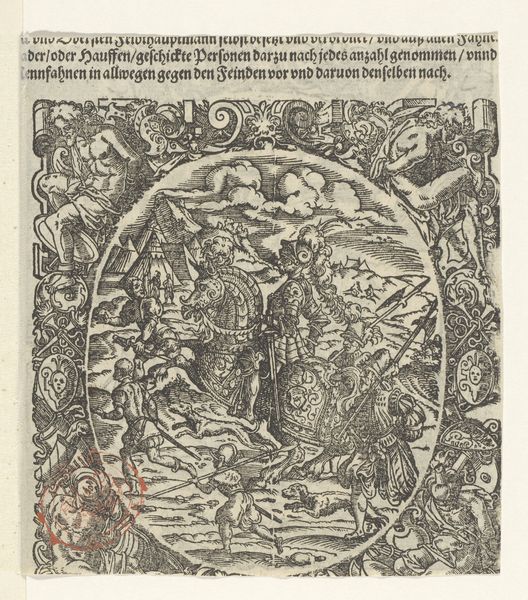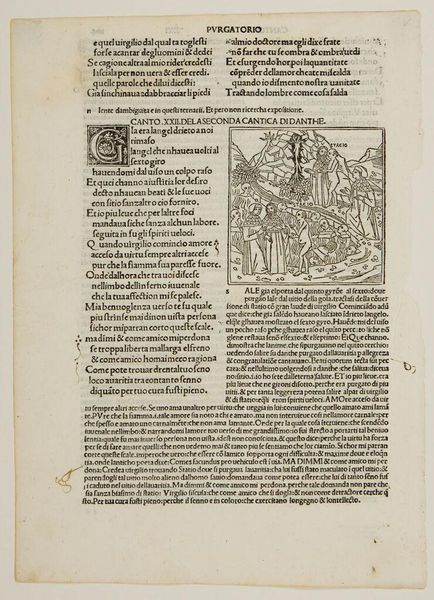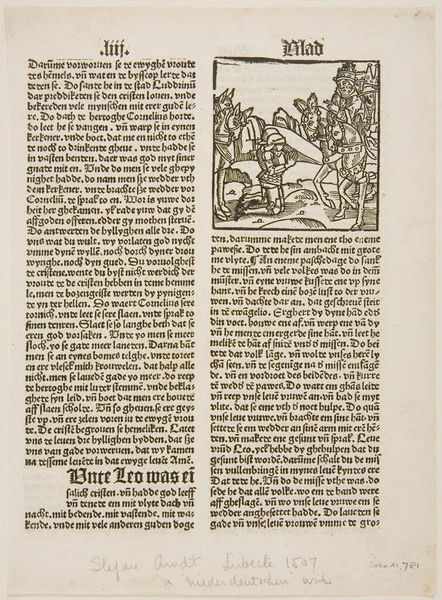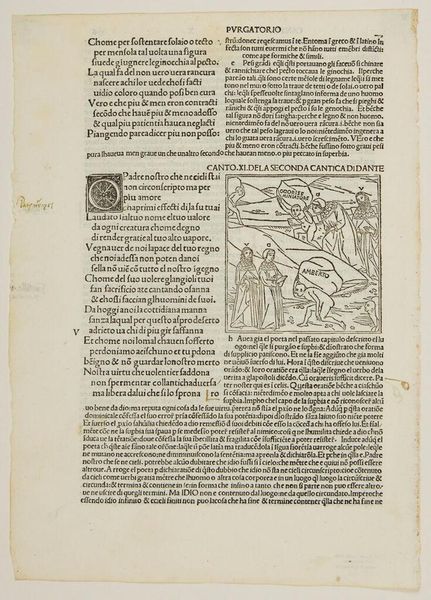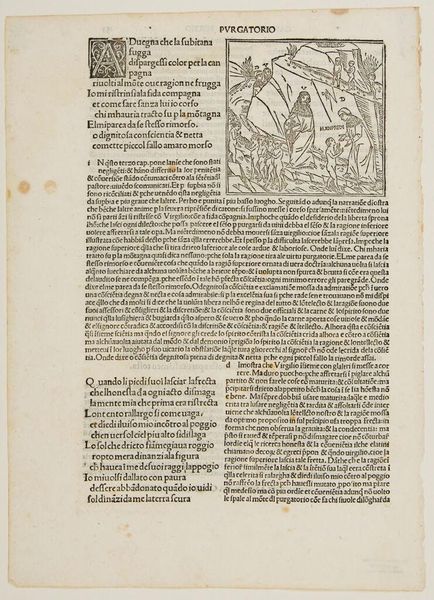
Spotprent op het beleg en inname van Sint-Andries door Maurits, 1600 1600
0:00
0:00
graphic-art, print, engraving
#
graphic-art
#
narrative-art
#
baroque
# print
#
old engraving style
#
cityscape
#
history-painting
#
engraving
Dimensions: height 161 mm, width 281 mm
Copyright: Rijks Museum: Open Domain
Editor: Here we have "Spotprent op het beleg en inname van Sint-Andries door Maurits, 1600," a print from 1600. It seems to be an engraving on graphic art. The old engraving style creates a sense of distance, yet the detail in the cityscape is compelling. What strikes you when you look at this? Curator: What grabs me immediately is how this print challenges the idea of purely "high art." Look at the labor involved in creating this intricate engraving. It was a means of disseminating political commentary, practically a form of early mass media. How was this image consumed? What role did prints like this play in shaping public opinion about the siege? Editor: That’s interesting – I hadn’t considered the print as a form of mass media. I was focused on the artistic elements. I suppose each section narrates its view. Curator: Exactly. It highlights the intersection of artistic production, political power, and social consumption. Who would have commissioned such a piece, and for what purpose? Who had access to the printmaking technology of the era? Editor: A wealthy patron perhaps? Or the government? To influence the masses. The level of detail also makes me consider time. Curator: Think also about the engraver's role. They're not just replicating an image but actively interpreting and shaping a narrative through their craft. We should see them as skilled laborers operating within a specific economic and social system. Editor: So, by looking at the materials and production process, we gain insight into the artwork's cultural and political context. Curator: Precisely. This print isn't just an aesthetic object; it's a record of early media, Dutch societal production and political intent. The act of siege and conquest is overshadowed when labor and consumption take focus. Editor: I will definitely think about the means of production for our next piece as well!
Comments
No comments
Be the first to comment and join the conversation on the ultimate creative platform.
